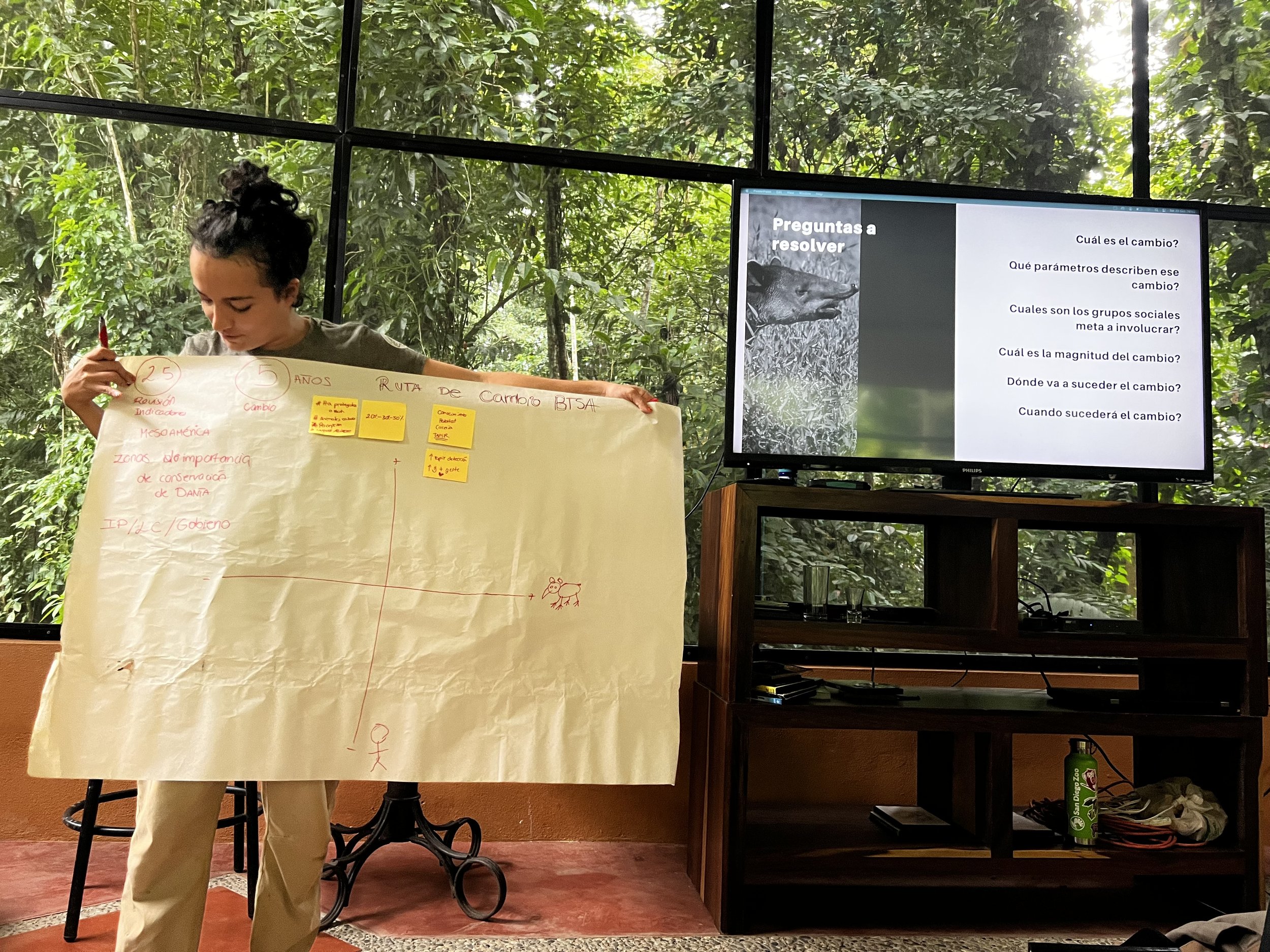
Take Action with our Alliance Partners to Save the Tapir
Our Alliance Partners
With Generous Support From
Current Collaborative Action:
Land Preservation
Efforts to protect and connect tapir habitat are vital for the species' long-term survival. The BTSA has taken the initiative through:
Working with partner NGOs and government agencies on improving management and protection of tapir habitat.
Establishment of a new protected area in Honduras, in collaboration with local
stakeholders, aimed at safeguarding a tapir population currently lacking protection.
Community-Led Conservation
Human-tapir coexistence is key to conservation success, and this can only be achieved with the support and leadership of communities in Baird’s tapir habitat areas. All BTSA participant countries have emphasized community participation and leadership in conservation programs, including:
Community patrolling of key habitat for tapirs and conservation skill-building workshops in Nicaragua, Panama, and Guatemala
Participatory programs for adults and adolescents on citizen science development of solutions to address threats.
Successful farmer-tapir conflict mitigation with the deployment of electric fences
in Costa Rica.
Education
Public awareness of the importance of the Baird’s tapir is key for long-term conservation success. The BTSA promotes this with programs like:
Nai Conservation’s Salva Dantas curriculum was developed in Costa Rica and applied in elementary schools.
The Students Engaging Students program in Guatemala, in which older students educate younger ones on tapirs and conservation.
Educational workshops in Belize offer an art-based learning experience.
The adaptation and implementation of the IUCN Tapir Specialist Group’s Tapir Tracks curriculum in Honduras.
Research
The Baird’s tapir is a comparatively little researched species, but a strong scientific knowledge base is essential for conservation decision making. Members of the BTSA are progressively filling in knowledge gaps with research including:
A region-wide study on threats and poaching, which was presented as a National Geographic Story Map.
Ecology and Conservation of the Baird’s Tapir in Mesoamerica
Conservation status of the Baird’s tapir in various key regions throughout the species distribution range.






















